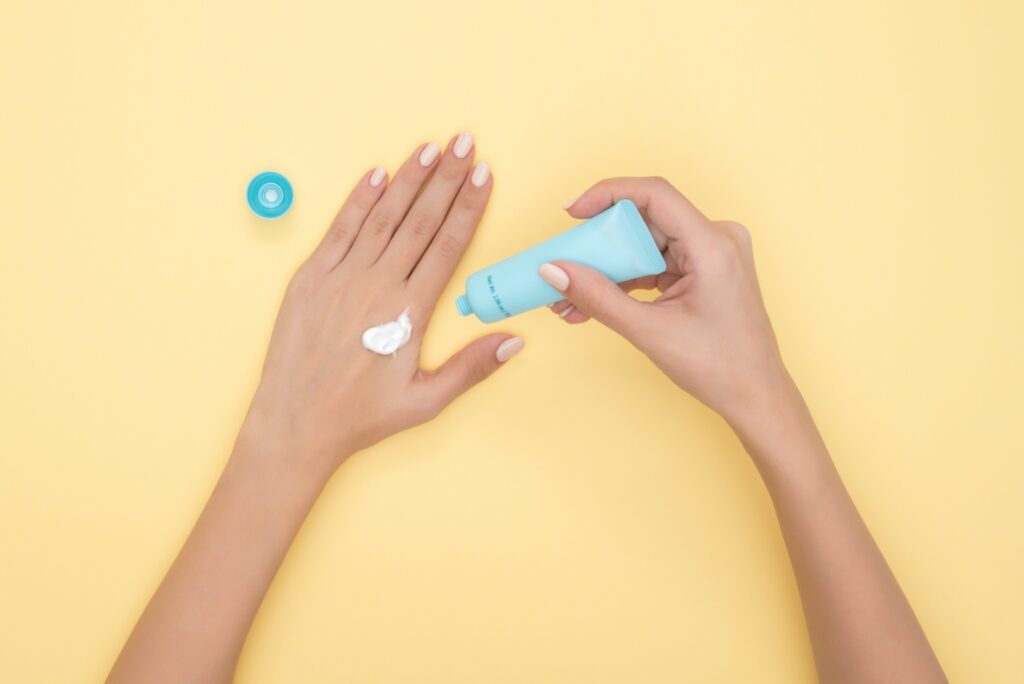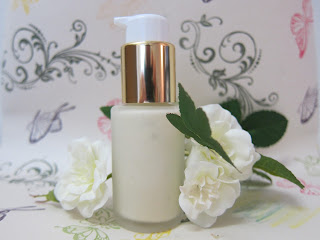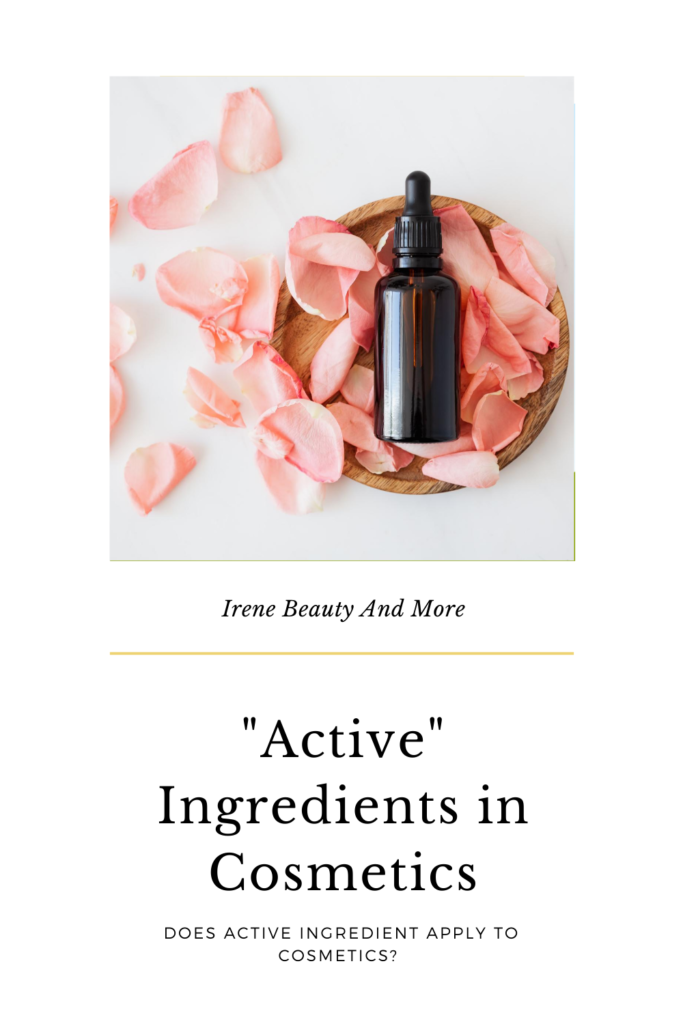The term active ingredients in cosmetics can be quite controversial. Following its own definition, active ingredients are molecules or components of a product that make this product work, producing a change in our organism. That applies really well to drugs, (prescription or over-the-counter drugs) but in cosmetics, we need to be careful when using this term.
What are “Active Ingredients” in cosmetics?
If an ingredient that we treat as an “active ingredient” changes the biochemistry of the skin the health authorities consider that ingredient a drug and cosmetics cannot contain drugs. What happened then? Are the ingredients in cosmetic products producing the benefits the brand claims? Well, the effectiveness of ingredients doesn’t depend on the name we give them. Instead of calling “active ingredients” they appear in cosmetics as “functional ingredients”, “actives” or just ingredients.
One Active Ingredients Example
I will explain better with an example. Azelaic acid is a molecule that reduces hyperpigmentation. Some drugs contain azelaic acid as an active ingredient, which means that the drug went through a clinical trial before getting approval for selling as a prescription or over-the-counter drug, depending on the concentration.
Some cosmetics contain azelaic acid as active or as part of the ingredient list (INCI). In that case, the product should promise to “reduce the appearance of the hyperpigmentation” better than say “eliminate/reduce hyperpigmentation” and in that case, the product doesn’t need to go through clinical trial or approval. Does that mean that the activity in the cosmetic is less effective than the “active ingredient” in the drug? Or in other words, is the drug more effective than the cosmetic? Not necessarily, it depends only on the concentration, as the molecule is the same in both products, azelaic acid. It is only about how to present and call the ingredient.
Other Example
I will use another example. As most probably you know, lactic acid is an AHA used as a chemical peeling. You can make a self-peeling at home or you can get it done in beauty centres. Normally, the peeling done in the beauty centre is more effective but not because of the product used but for the concentration.
The products containing lactic acid you can buy to use at home present a maximum acid concentration of 10% whereas the products used by professionals have a maximum acid concentration of 35%. You can buy anywhere the 10% lactic acid product but you can’t buy the 35% one, as it is considered a drug to be used only by professionals and should be, therefore, regulated by the FDA.

Can cosmetics have more than one Active Ingredient?
Cosmetics contain more ingredients than these functional ingredients but that can be misunderstood. You can ask the question, are the rest of the ingredients non-active (understanding here that active means having a benefit for the skin)? The answer is a clear NO. Some of the rest of the ingredients can help to deliver or preserve the main ingredient but also can have benefits for your skin.
For example, glycerin is not considered active, but it is a very good emollient. That is why I prefer to divide the ingredients into main ingredients, which are the ones having the most important effect and secondary ingredients, which produce effects but not the main ones. Avobenzone is the main ingredient of sunscreen because it protects against UV radiation, but the sunscreen can also contain HA which hydrates the skin. This HA produces an effect but it is not the effect the product is designed for.
Common Types of Active Ingredients in Cosmetics
- Ageing: Sun protection ingredients (zinc oxide, titanium dioxide, avobenzone, oxybenzone,…), Vitamin A/retinoids, Vitamin C, Vitamin E
- Dryness: Hyaluronic Acid, Vitamin E
- Acne: Vitamin A/Retinoids, Salicylic Acid, Benzoyl peroxide, azelaic acid
- Rosacea: Some antibiotics, azelaic acid, sulfur
- Psoriasis: Steroids, Vitamin A/Retinoids, Vitamin D, Salicylic Acid, Urea, Lactic Acid

Summary
In summary, when you buy a cosmetic product you should pay attention to:
- The “active” ingredient
- The concentration of this ingredient
- Any non-active ingredient you may be allergic or sensitive to
- How the packaging talks about the benefit
Obviously, if you have any doubts ask your pharmacist or dermatologist.

Bear in mind that some of the links in this post are affiliate links and if you go through them to make a purchase I will earn a commission. Keep in mind that I link these companies and their products because of their quality and not because of the commission I receive from your purchases. The decision is yours, and whether or not you decide to buy something is completely up to you.



